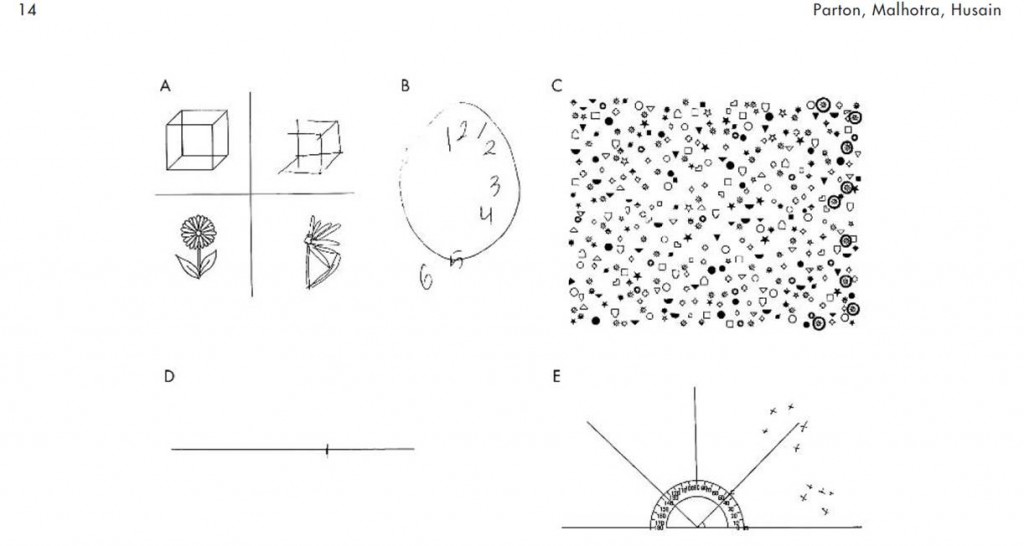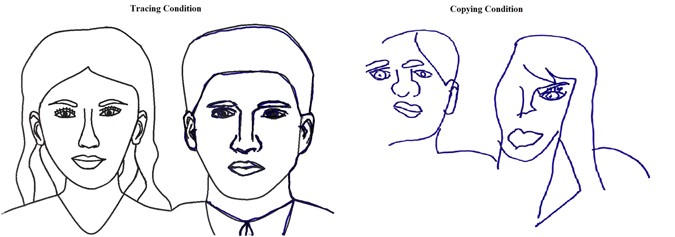Sometimes, a stroke can result in what is known as left neglect. The person with such a condition pays less attention and does not fully understand the space on the left side of his or her environment. Can you imagine being unable to notice someone approaching you from your left?
But don’t think it’s a problem with their eyesight or hearing. It isn’t that at all. The stroke has affected the brain in such a way that includes the ability of the survivor to pay attention to the side affected by the stroke. That’s how intricately the stroke affects the survivor.
Let’s be more specific and remove some mystery from this medical condition, sometimes called hemineglect. We will break it down into what, bring it on, and how the doctors usually handle it.
Causes of Post Stroke: Left Side Neglect
Hemineglect is a medical condition that limits one’s attention and awareness of the affected side. What is striking is that individuals who have a stroke are observed to more commonly neglect their left side than vice-versa. The reason is how two halves, or hemispheres, and a part of the brain called the parietal lobe are structured and work. Let’s break it down.
The brain is divided into two halves or hemispheres. Each half is responsible for working out the opposite side of your body. So, a stroke occurring in the right half is most likely to affect the left side of your body and vice-versa.
Now, let’s move to the parietal lobe. It’s in both hemispheres and is primarily responsible for our spatial awareness. More specifically, the right side of the parietal lobe makes a very critical contribution to our attention processes.
We thus depend on our right parietal lobe to help us become aware of our environment on the left side of our body. Thus, if a stroke occurred on the right side of the parietal lobe, we would likely start neglecting the left.
Knowledge of this fact is just one in a million reasons why stroke survivors are often advised to seek the doctor or neurologist about the exact location of their stroke, for it may help in understanding possible side effects that may crop up.

Signs and Symptoms of Left Side Neglect
If you have had a stroke, left neglect is something you might be dealing with. It is principally having difficulty paying attention to things on the left side of your body and objects in space. A few ways this can manifest include:
- You may bump into things on your left side and have difficulty moving around
- You might find yourself eating only from the right-hand side of your plate.
- When you’re reading or writing, you might find that you’re only focusing on the right part of the page
- You only throw your shirt over the right arm when you get dressed.
- You may unwittingly ignore caregivers approaching you from the left and only turn your head to the right.
- Your healthcare professional may test for left neglect by asking you to number an empty clock. If you have left neglect, you may only fill in the numbers on the right side of the clock.
It is quite common for stroke survivors to neglect things on their left, and this all too often extends to how they conduct activities of daily living. Many have been found to focus more on the right side when performing such activities. This inability to recognize one side of the body following a stroke is no trivial issue; rather, it may pose serious risks to a survivor’s safety.
For example, while crossing the street, if there is an oncoming car from the left-hand side, the survivor might not see them. That is why this issue has to be approached with a sincerest attitude. The way to work is by devising an individualized recovery plan with the help of an occupational therapist.
Left Side Neglect: Not a Visual Impairment
Among the forms of visual disturbances, one is called the cut of the left-sided visual field; it suppresses the ability of a person to perceive objects standing on his left side. Also known as hemineglect, one cannot see on his left, but that is not precisely what hemineglect is.
In its basic definition, these cuts in the visual field are problems with the ability to see. At the same time, hemineglect is an issue of attentiveness and sometimes spatial effectiveness. However, the symptoms appear quite the same, which is the reason for most confusion.
For example, consider a survivor experiencing a left visual field cut. If you approach a survivor from the left, they will not be aware of you, even though they will hear your voice if you speak. Conversely, if the survivor has left-side-type neglect, they may also not be aware that you have approached them from the left-hand side, even though they can hear your voice.
Considering the overlaps in those conditions, determining them accurately is important, for which professionals like occupational therapists, speech-language pathologists, or neuro-ophthalmologists will be the best candidates. The treatment for visual field cuts is significantly different from that of hemineglect; hence, the proper diagnosis is crucial.

Possible Treatment for Left-Side Neglect
Having understood the causes and symptoms of left neglect after stroke, potential treatments now follow. It is always a good idea to begin any treatment journey with a professional therapist since they will point you in the right direction from the beginning and address any complications that may make treatment challenging, such as cuts in the left visual field.
Let’s look at several scientifically supported techniques your therapist may recommend to alleviate left neglect after a stroke:
Mind Visualization
Imagine being able to pay attention to what’s happening on both your left and right. It might be beneficial, but we must dig deeper with more studies. Yet, why not give it a try? It’s a safe method with no ill effects. Now, if you’re dealing with severe left neglect, it could be a tough task. Normally, people with this condition do not realize that they are facing it without ample help from healthcare providers or loved ones.
Constraint-Induced Movement Therapy or CIMT
Another promising rehabilitative strategy for the treatment of left-sided neglect is a technique known as Constraint-Induced Movement Therapy or CIMT. Originally developed to enhance motor skills in stroke patients, CIMT restrains the unaffected arm so that the affected side must be used and rehabilitated. The method can also be modified to apply to spatial awareness and attention.
This FORCED USE changes brain rewiring as the brain becomes more attentive to the neglected side. If continuously and patiently practiced, CIMT can bring significant improvements in movements and, importantly, a reduction in the severity of hemineglect.
The individual is expected to be involved in CIMT under the direct supervision of a trained therapist, who shall ensure that the person gains maximum benefit while ensuring the individual’s safety during therapy. Progress records should be duly made, and therapy techniques should be changed as necessary for successful results.
Sensory Stimulation
If one has left neglect, perhaps giving the left side a little boost with some electrical stimulation might be helpful. Now, we don’t have a pile of research to support this treatment just yet. But do not worry. This kind of treatment works wonders in enhancing movement after a stroke.
Thus, it would be worth discussing electrical stimulation with your therapist to improve movements on your left side and perhaps even left neglect. Also, remember, even simple things like noise or touching your left side may improve left neglect.
Prism Adaptation
It is imaginative to envision a pair of glasses specially designed with various lenses that can easily shift left-side items straight to the center of your line of vision. Prism glasses will go a long way in making it easier for someone who has undergone a stroke to cope with left neglect. It is designed to make stroke survivors more observant of everything happening around them.
However, it should be noted that prism glasses are not a stand-alone remedy. These are best practiced in conjunction with other recovery strategies. For instance, training in visual scanning can work wonders.
Trunk Rotation
A simple way to reprogram your brain to be more aware of your left side is to twist your torso toward that side. It is not that easy, though, to remember this simple twist. Reminders and cues by therapists and caregivers are essential in establishing a consistent behavior pattern for this activity. Although it sounds simple, trunk rotation can effectively make a practical association between left side neglect and conscious awareness of the side.
Visual Scanning Training
The systematic training of the eyes to move toward the neglected side is called visual scanning training. This type of training is helpful for stroke survivors to consciously search and scan the environment from left to right.
These exercises would involve the patients actively searching for certain specifics or doing some chores that would involve them turning their gaze toward the left, gradually developing the habit of paying attention to the neglected side. Therefore, applying this visual scanning to daily activities would be easy. Thus, it is practical and not as invasive for continuous improvement.
Take Away
This is it. For clients and loved ones who are struggling with left neglect consequent to a stroke, several evidence-based interventions can be tried. A few of these therapies are very challenging to start with.

